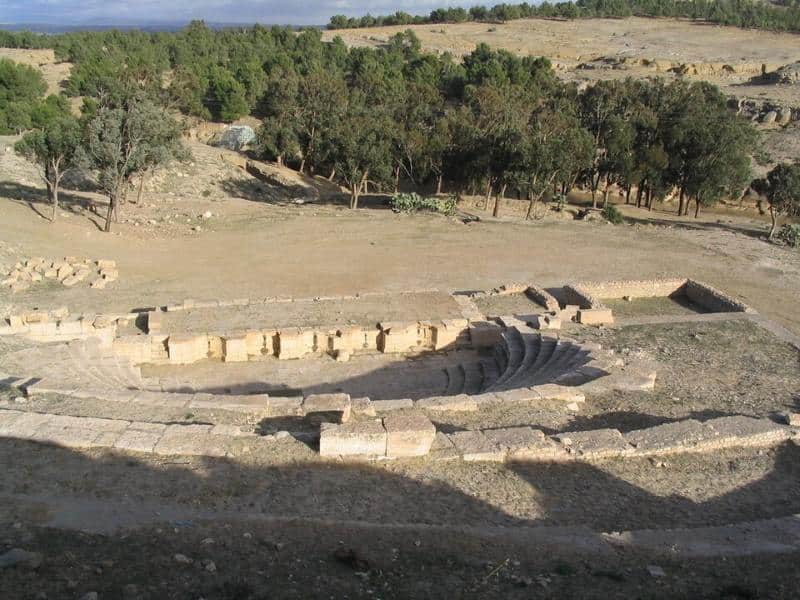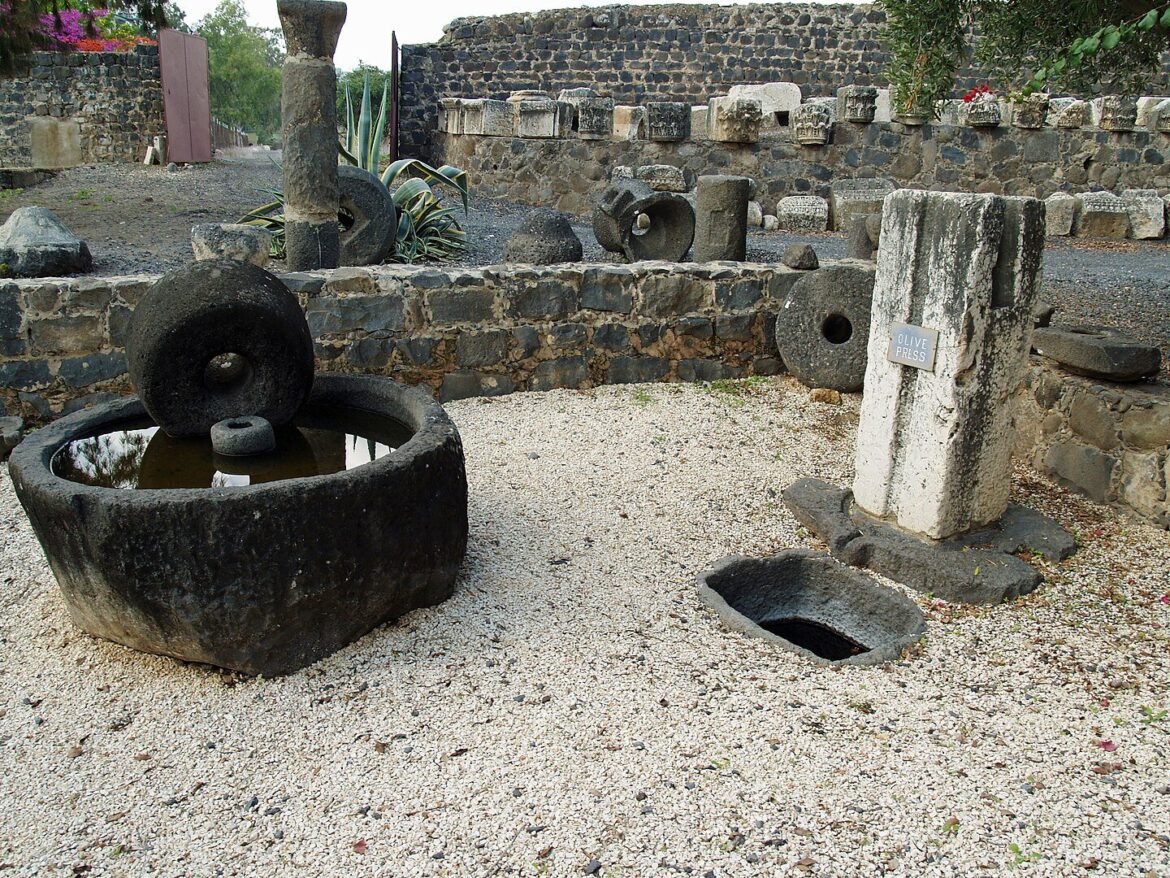
Archaeological site in Kasserine, Tunisia. Credit: Wikimedia Commons / Astiosaurus CC BY 3.0
Archaeologists have uncovered one of the largest Roman olive oil mills ever identified during a major international excavation in Tunisia’s Kasserine region. Researchers from Ca’ Foscari University of Venice are co-leading the mission at ancient Cillium, near the border with Algeria, where massive industrial structures tied to oil production are emerging.
Excavations have revealed two torcularia, or Roman olive-pressing facilities. One stands out for its monumental scale. Researchers have confirmed it as the second-largest Roman oil mill known in the entire Empire.
The mission aims to document how Cillium supported large-scale agricultural and commercial activity during the Roman period. Early findings highlight the region’s central role in supplying olive oil to Rome, a key commodity in North Africa under Roman rule.
📷 Ca’ Foscari assume la co-direzione di una missione archeologica internazionale di notevole rilievo nella regione di Kasserine, in Tunisia, dove sono presenti strutture datate tra il III e il VI secolo d.C. legate alla produzione dell’olio.
🔎https://t.co/wCEeUKVD38 pic.twitter.com/Ubnnspta1w
— Unive Ca’ Foscari (@CaFoscari) November 19, 2025
Ancient olive farms reveal large-scale industrial activity
Prof. Luigi Sperti, deputy director of the Department of Humanities at Ca’ Foscari and director of CESAV, has worked on the excavation campaign since 2025. The team is focusing on two ancient olive farms deep within the Jebel Semmama massif.
The landscape is marked by high steppes, sharp temperature shifts, and limited rainfall collected in wells. These conditions favored olive cultivation, which became vital to the economy of Roman Africa. The region that is now Tunisia supplied much of the oil consumed in Rome.
Frontier landscape supported agriculture and trade
The area once formed part of the frontier of proconsular Africa and was inhabited by the Musulamii, groups of Numidian origin. In Roman times, it became a point of exchange among Roman officials, veteran colonists, and local communities. Excavations indicate continuous activity from the 3rd to the 6th centuries AD.
Key estate at Henchir el Begar sheds light on rural power
One of the main sites under study is Henchir el Begar, identified as the ancient Saltus Beguensis. In the 2nd century AD, it was the center of a large rural estate in the district of Begua, owned by Lucillius Africanus, a vir clarissimus.
The site is known for an important Latin inscription from 138 AD (CIL VIII, 1193 and 2358). The text records a Senate authorization for a bimonthly market. Researchers say the market played a major role in the social, political, and religious life of the region.
The largest oil mill in Tunisia found at Hr Begar 1
The settlement extends over about 33 hectares and includes two major sectors, Hr Begar 1 and Hr Begar 2. Both contain olive presses, cisterns, and a water-collection basin.
Hr Begar 1 holds the largest known Roman oil mill in Tunisia, with a monumental torcularium containing twelve beam presses. Hr Begar 2 preserves another large installation with eight presses. Numerous stone millstones and grinding tools on the surface point to mixed production of cereals and oil.
Recent ground-penetrating radar surveys have mapped dense clusters of residential structures and roads. The findings show that the rural landscape followed a highly organized layout.
Finds from Byzantine to modern layers enrich the record
Archaeologists have uncovered finds ranging from the Byzantine era to modern times. These include a decorated copper-and-brass bracelet, a limestone projectile, and fragments of architectural sculpture. One notable piece is part of a Roman press reused in a Byzantine wall.
“This mission offers an unprecedented insight into the agricultural and socio-economic organization of the frontier regions of Roman Africa,” Prof. Sperti said. He noted that olive oil shaped daily life for ancient Romans. It was used in cooking, body care, sports, medicine, and—when of lower quality—as fuel for lamps.
Studying large-scale production, transport, and trade, he said, creates a rare opportunity to link scientific research with cultural value and economic development.


Dining and Cooking